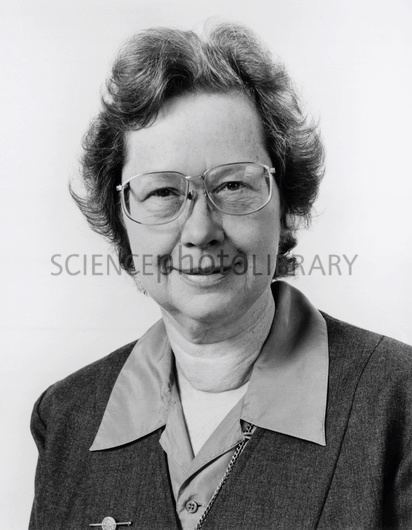Citizenship United Kingdom Nationality British | Name Carole Jordan Doctoral advisor Clabon Allen Role Astronomer | |
 | ||
Born 19 July 1941 (age 84) ( 1941-07-19 ) Institutions University of Colorado BoulderCulham LaboratorySomerville College, OxfordUniversity of Oxford Awards Gold Medal of the Royal Astronomical Society | ||
Dame Carole Jordan, (born 19 July 1941) is a British physicist, astrophysicist, astronomer and academic. From 1994 to 1996, she was President of the Royal Astronomical Society; she was the first woman to hold this appointment. She won the Gold Medal of the Royal Astronomical Society in 2005; she was only the third female recipient following Caroline Herschel in 1828 and Vera Rubin in 1996. She was head of the Rudolf Peierls Centre for Theoretical Physics at the University of Oxford from 2003 to 2008, and was one of the first female professors in Astronomy in Britain. She was made a Dame Commander of the Order of the British Empire in 2006 for services to physics and astronomy.
Contents

Education
Carole Jordan was educated at Harrow County Grammar School for Girls and at University College London (BSc 1962; PhD 1965). Her first paper, written while she was still an undergraduate, was on the distortion of lunar craters.
Her PhD studies under C. W. Allen included identification of iron and other lines in the solar spectrum and the ZETA experiment, early ionisation-balance calculations, development of density-diagnostic methods using the iron lines, calculation of relative element abundances and modelling from emission-measure distributions.
Her first paper on coronal research, "The Relative Abundance of Silicon Iron and Nickel in the Solar Corona" was published in 1965.
Scientific work
Jordan developed new insights by developing new techniques to use the ionisation balance of elements, the mechanisms of level population in ions, and combining this with observational results from the Sun and stars. As a result of her work on the Skylab ultraviolet spectra the understanding of He-like ions was further developed. This had implications for the development of applications, like X-ray lasers. The electron density diagnostics, and temperature density diagnostics, when combined with the emission measure analysis developed by her yielded new insights in the chromospheres of cool stars, T Tauri Stars, and the Sun, to name a few. Following the launch of the International Ultraviolet Explorer satellite in 1978, she turned her attention to stellar coronal and chromospheric activity. Her knowledge of solar activity enabled her to help develop this new branch of astrophysics. Since about 1980, she has been a key member of nearly every team, in the UK, Europe and the US, concerned with the development and use of instruments for the studies of ultra-violet and x-ray spectra of the Sun and of the stars.
Career
She has published papers on astrophysical plasma spectroscopy and structure and energy balance in cool star coronae.
Affiliations
Damehood
Carole Jordan was created a Dame Commander of the Order of the British Empire (DBE) on 17 June 2006.
Personal
She was married to her Culham Laboratory/ARU colleague Richard Peckover from 1971 until 1983.
